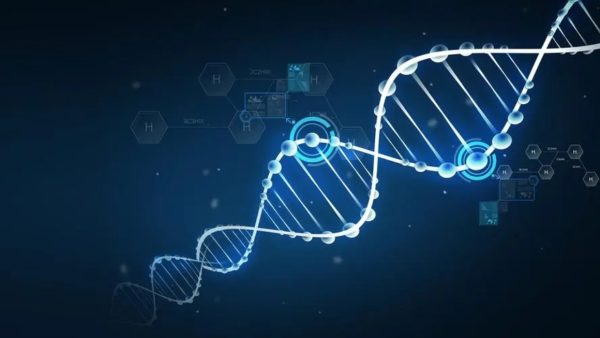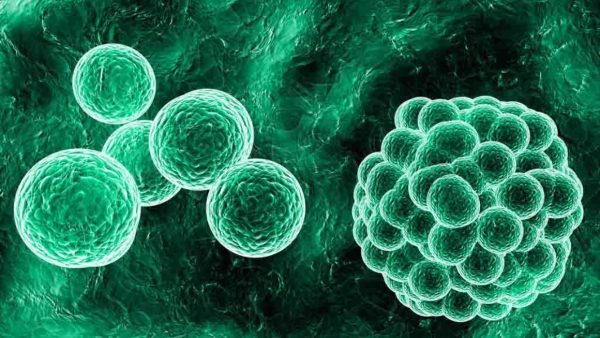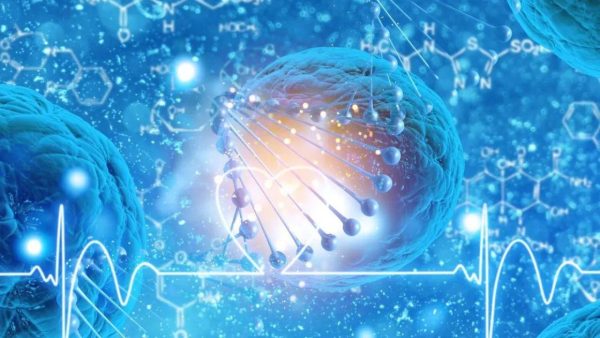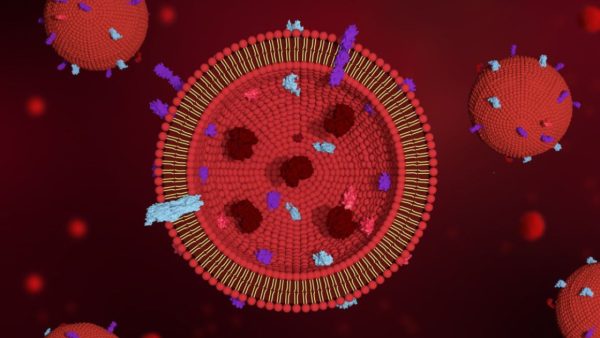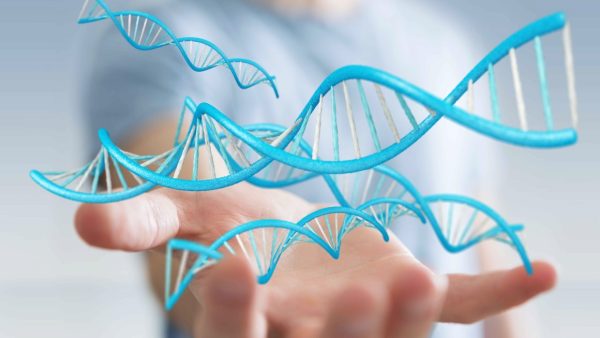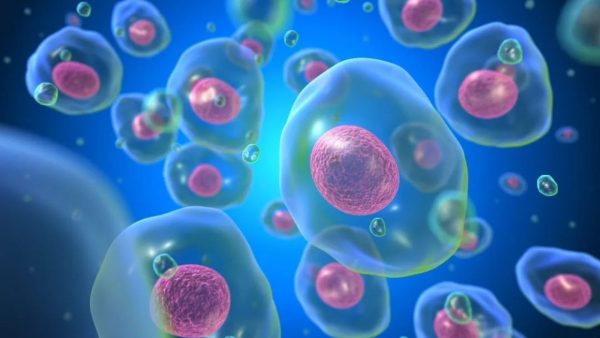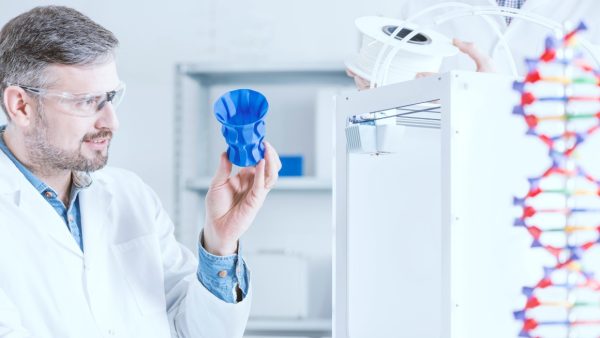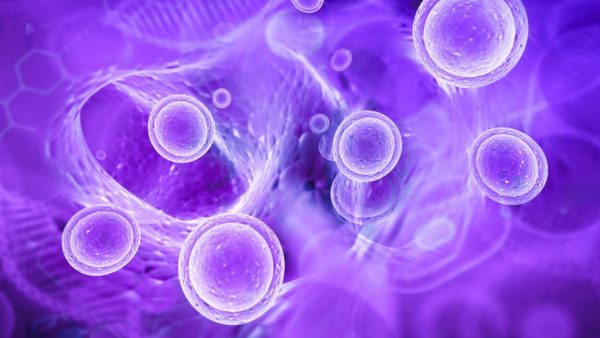PEGylated poly(aspartic acid) was a magnetic resonance imaging probe. By grafting with oligoethylenimine and Gd-DTPA, the PEG-PBLA block copolymer was prepared by the ring-opening polymerization of BLA-NCA (β-benzyl-l-aspartate N-carboxy-anhydride) which was promoted by the terminal primary amino group of mPEG-NH2. The T1 relaxivity of PEG-p(Asp-OEI-DTPA-Gd) was 4.3 times higher than that of Gd-DTPA. As no obvious cytotoxicity was observed from various researches, it […]
A New Nanosystem Designed for the Advancement of Future Anti-cancer Treatment
The nanoparticle system is a technique that can be used for the monitoring of bioaccumulation sites and the assessment of their therapeutic efficiency. The development and advancement of nanoparticle technology has made the early diagnosis and image-guided treatment of diseases possible. Recently, a new study demonstrated that the combination of nanoparticles with ultrasound and other […]
The Multifunctional Micellar System with Matrix Metalloproteinases for Metastatic Breast Cancer Therapy
The multifunctional micellar system loading traditional chemotherapeutic agent paclitaxel (PTX) and marimastat (MATT) triggered by a matrix metalloproteinases (MMPs) has been proven to have the ability to restrain tumor growth and metastasis. The self-assembly of micelles was achieved by the conjugate synthesized with an MMPs sensitive peptide as the bridge between PTX and polyethylene glycol (PEG). The […]
DOTA-Triarginine-Lipid Conjugates: A New Method of Brachytherapy
Brachytherapy (BT), an internal radiation therapy used on a local and specific part of the body, is applied to treat cancers of head, neck, breast, cervix, prostate and eyes. BT uses seeds, ribbons or capsules that contain radiation and places them directly inside or near the tumors. The major advantage of BT is that it […]
The Possibility of SiNcOH-DSPE-PEG(NH2) NPs on Imaging-Guided Combination Cancer Therapy
The combination of photothermal therapy and photodynamic therapy has become a powerful cancer treatment technique. However, as most of the experiments using the combination employed multi-component nanocomposites under excitation of separate wavelength, the treatment process became quite complex. The researchers developed a new theranostic nanoplatform – SiNcOH-DSPE-PEG(NH2) NPs by coating silicon 2,3-naphthalocyanine dihydroxide (SiNcOH) with DSPE-PEG […]
Microfluidics: The Best Way for Theranostic Nanoparticle Preparation
Lipid nanoparticles can be formed through several methods, including mechanical methods, replacement of organic solvents with aqueous media and detergent removal methods. The most common method for the nanoparticle liposome formation includes the formation of lipid films and hydration of the film with an aqueous buffer. As a nanoparticle preparation method and owing to its […]
L-Arginine (L-Arg) Depletion in Long-term Cancer Therapy
L-Arginine (L-Arg) depletion has attracted worldwide attention in cancer therapy. Although there are two types of arginine-depleting enzymes, arginine deiminase (ADI) and human arginase I which are under clinical trails, the random site of PEGylation, low efficacy of heavy metal as co-factor and immunogenicity limit the properties of these drugs and make it difficult in homogeneous production. […]
The Preparation of Cationic Liposome-Based Vaccine Adjuvant by Microfluidics Method
Microfluidics is a reliable and promising method for preparing the large-scale particle-based pharmaceutics. It can be expanded from research laboratory to good manufacturing practice production for clinical experiments and commercial pharmaceuticals. One of the useful characteristics of microfluidics is its ability to control various parameters. The researchers monitored the parameters of the microfluidics preparation of […]
What Affect the Anti-PEG Immune Response to PEGylated Proteins
PEGylation has improved the pharmacological properties of therapeutic proteins. However, polyethylene glycol (PEG) can bring about a negative clinical effect on therapeutic protein due to its immunogenicity. The anti-PEG immune response to PEGylated proteins is probably dependent on the properties of proteins and the conjugated polyethylene glycol (PEG). As a result, the investigation of the effects […]
PEG-TRAIL-vcMMAE Conjugate: A Viable Strategy for Therapeutics and Drug Delivery
The main barriers of the preclinical and clinical application of TRAIL, tumor-necrosis-factor (TNF)-related apoptosis-inducing ligand, are poor pharmacokinetics and drug resistance in some tumor cell lines. In order to break through the barriers, researchers found TRAIL114-281 (114 to 281 amino acids) with its half-life reveals no more than 30 minutes across species. Taking advantage of steric […]




